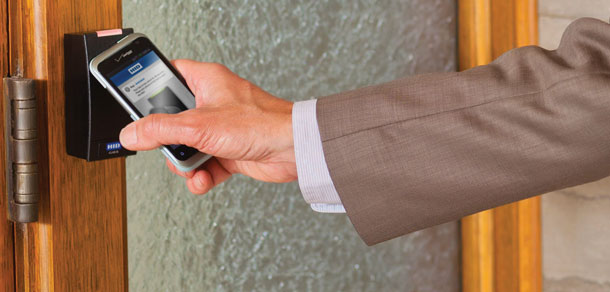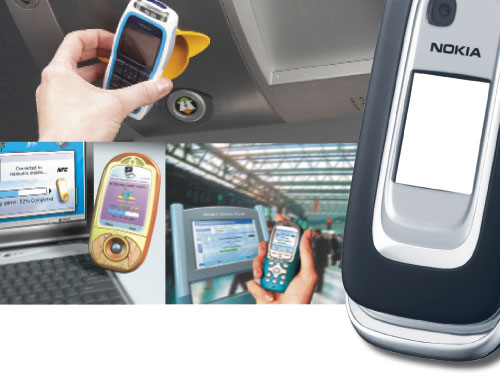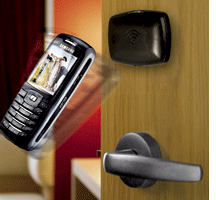23 December, 2015
category: Contactless, Corporate, Digital ID, NFC
The Smart Card Alliance released a white paper looking at non-payment use cases for near field communications technology. While the different payment schemes from Apple, Samsung and Google might receive all the attention there are numerous other applications for the communications protocol.
The white paper includes:
- Discussion of marketing, identity and access, ticketing and gaming use cases
- Description of the use cases including implementation considerations and challenges and examples of real-world implementations
- Discussion of approaches for securing sensitive user credentials for non-payment applications
- Discussions of implementation challenges that are common to all non-payments use cases.
The paper details use cases for NFC for physical access control, hotel access and even automotive access. Quinnipiac, Villanova and Arizona State University are the real world examples of physical access control systems that use NFC. The value proposition with NFC over cards is convenience – no need to wait for a visitor badge, streamlined ID issuing, Over-the-Air issuance, and secure storage of IDs.
A critical component of the value proposition offered by NFC is the ability for a user to obtain and use a secure credential in real time with little friction. One example of a frictionless transaction is the delivery of a hotel room key or a student dorm-room key to a user as part of a check-in process.
Implementation requires a secure means of generating credentials that can be registered with the physical access control system and provisioning such credentials to a secure environment on an NFC phone that can then be used to present them to the NFC door reader. A wallet application on the smartphone can provide the user interface through which the user can select which credential to activate. More sophisticated apps may use Bluetooth beacons to streamline the selection process, waking the app and prompting the user for some form of authentication, such as a biometric.
Use of the technology on campus has been popular. Villanova reported that by removing combination and key locks and using mobile phone activated doors the university saved a tremendous amount of money in the annual turnover that is required to re-key dorm rooms each year.
The school has also reduced the amount of lockouts because students seldom leave their mobile phone in the room. Another saving is the need to rekey if a master key is lost. Now, with a centralized room-key management system it is easy to do the annual changeover, issuing one-day permission to certain rooms as required, and enabling other key-related actions.
The full white paper can be downloaded here.




